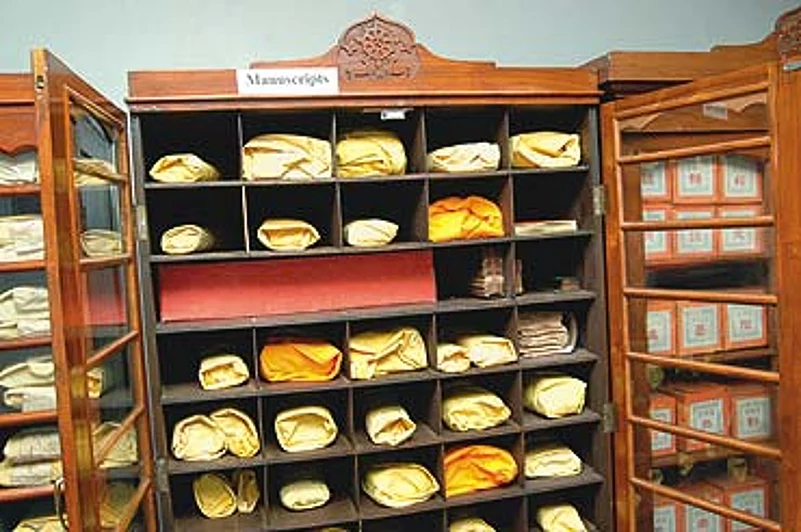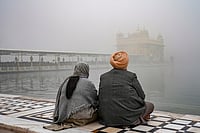
It will also build cultural bonds at a time when India and China are strengthening economic ties. "It is symbolic of the renewal of bilateral friendship very much evident in the change of mood between the two countries now. Earlier attempts to finish the memorial did not really take off," an official of the Chinese embassy told Outlook. That the Indian government is taking a keen interest in the project is evident from a string of meetings that Prime Minister Manmohan Singh has held with those involved in the restoration and are monitoring its progress.
According to a spokesperson of the cultural office of China, coordinating activities from the Chinese side, the memorial is important as Hiuen Tsang not only learnt Buddhism at Nalanda but also spread it in China after his 17-year-long stay in India from 630 AD. "He was a noble soul. It is wonderful that both the countries are honouring him," he says. New Delhi is planning to build a similar temple built in Indian style at Luoyang in Henan province of east-central China.
The Chinese interest in Nalanda, where Hiuen Tsang spent almost 12 years in the company of several thousand scholar-monks, could well help the town develop as a major tourist attraction. It is already on the Buddhist map but the building of the temple could be a first step to laying new roads and developing infrastructure. This, many local people believe, could draw hordes of tourists from India and abroad.
Apart from the memorial, there is also an ambitious plan to restore some of Nalanda's lost sheen. To begin with, like the Nalanda University which housed artists and scholars, a new cultural village is on the drawing board. Fifty-two acres of land have been acquired to see the plan through. Also on the anvil is a new syllabus, offering subjects like applied Buddhist psychology, once the ancient university is resurrected. Pant says he is impressed by the old method of teaching, which he intends to put into practice very soon. An application is pending with the University Grants Commission for the registration of the new varsity, which will also draw Buddhist scholars from round the globe. Currently there are 30 monks researching at Nalanda, where Hiuen Tsang studied logic, grammar, Sanskrit and the Yogacara school of Buddhism, and returned with 650-odd Sanskrit texts.
Neither China nor India is confirming whether their respective heads of state will be in Nalanda to formally inaugurate the Hiuen Tsang temple. For the moment, Indian and Chinese teams are working towards the completion of the memorial. Of course, the last and final act will be when Hiuen Tsang's mortal remains, currently housed in Patna Museum, are formally moved to Nalanda.






















